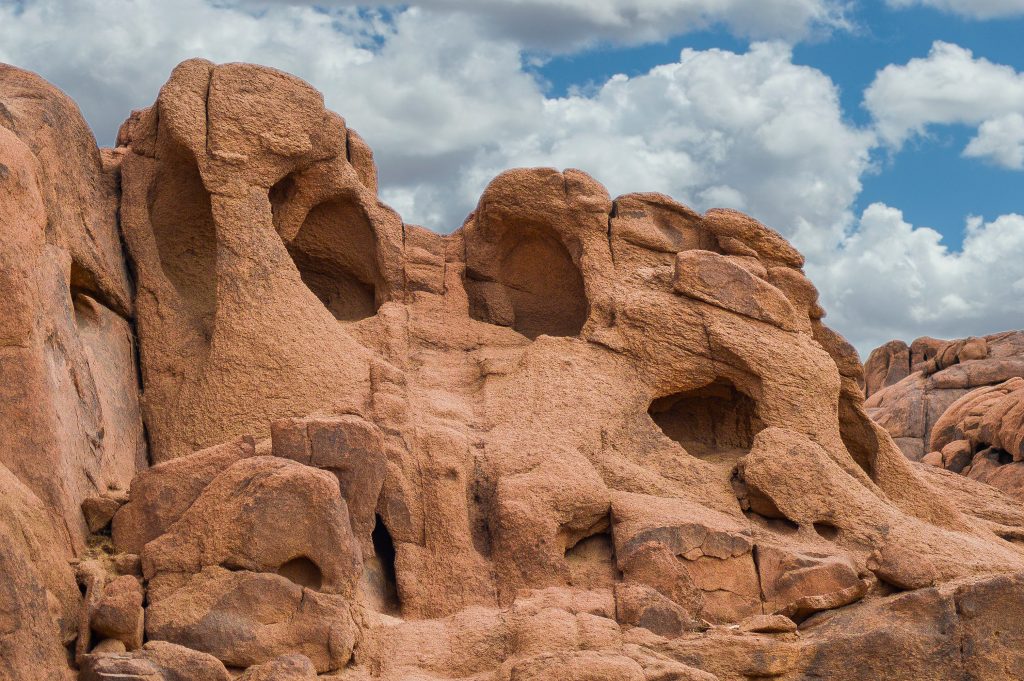As motorsport enthusiasts gather for the Hail Toyota International Rally, they are not just revving up for the race but also delving into the past by visiting Hail’s archaeological landmarks. The Shuwaymis and Jubbah sites, recognized by UNESCO’s World Heritage List, have become focal points for tourists, drawing in the largest crowds.
These sites are testament to the rich tapestry of civilizations that flourished on the Arabian Peninsula. Hail is particularly famous for its ancient rock inscriptions, which depict various human and animal figures and cover a historical span of an impressive 10,000 years.
The city of Jubbah, which is situated 100 kilometers north of Hail, has piqued the interest of visitors in previous rally editions. The star attraction, Jabel Umm Sinman, is a hill range that once bordered a now-extinct lake, providing a crucial water source for inhabitants and wildlife in the southern reaches of the Great Nafud Desert.
Approximately 250 kilometers southeast of Hail lies Shuwaymis, a site that boasts the status of being one of the largest open-air natural history museums in the world. With an expanse exceeding 50 square kilometers, Shuwaymis shelters nine caves and a dozen volcanic craters, offering a unique exploration experience of the region’s geological marvels.
The allure of Hail’s archaeological sites extends beyond their historic and natural appeal; they are a magnet for both tourists and rally participants, eager to uncover the secrets of this storied land.
